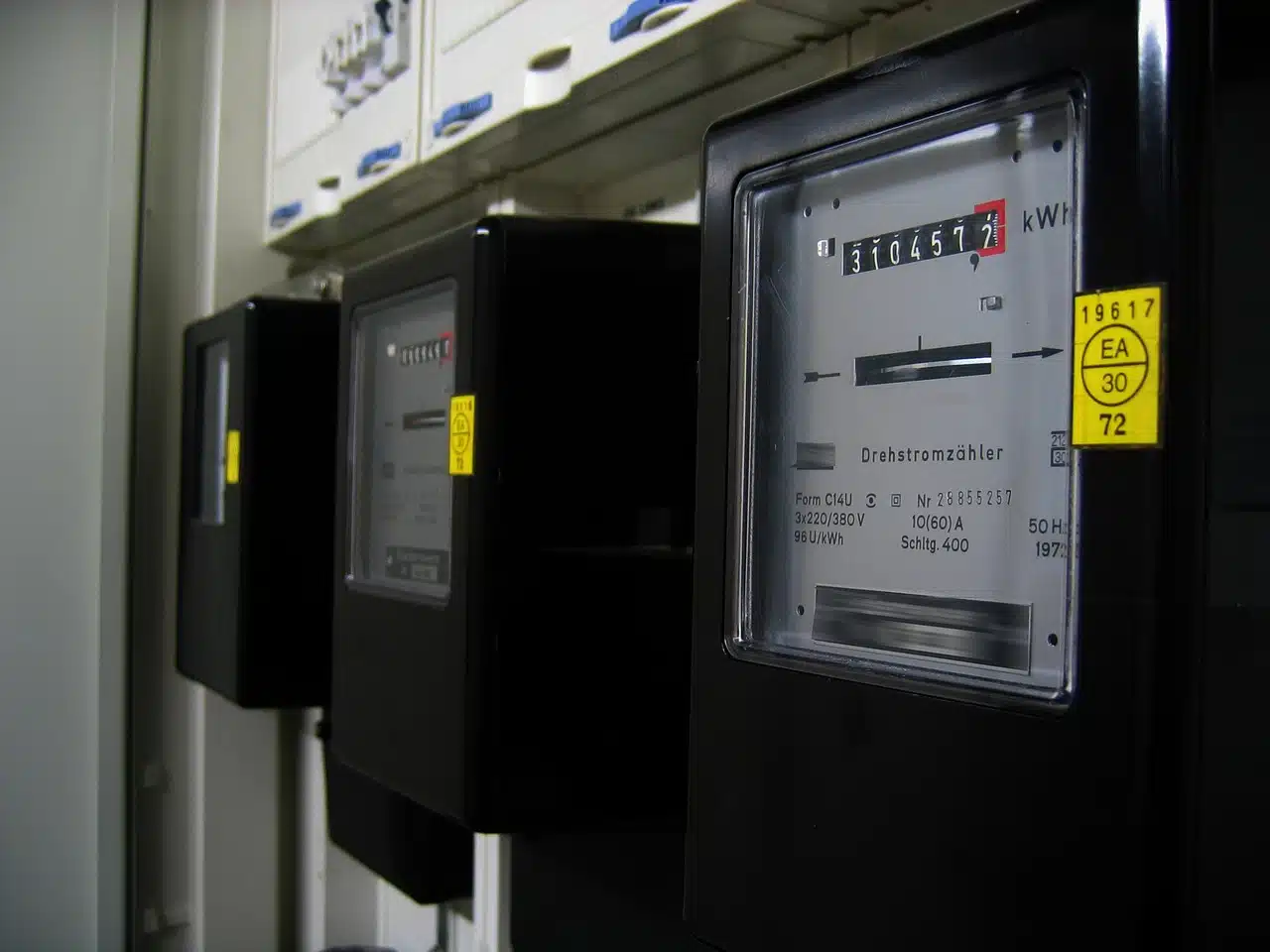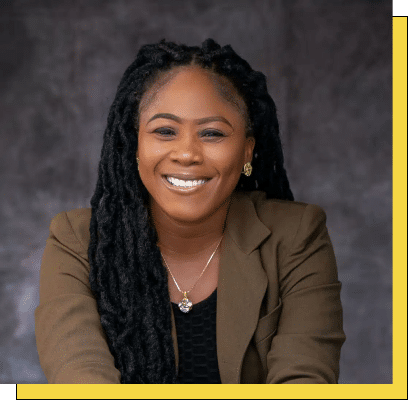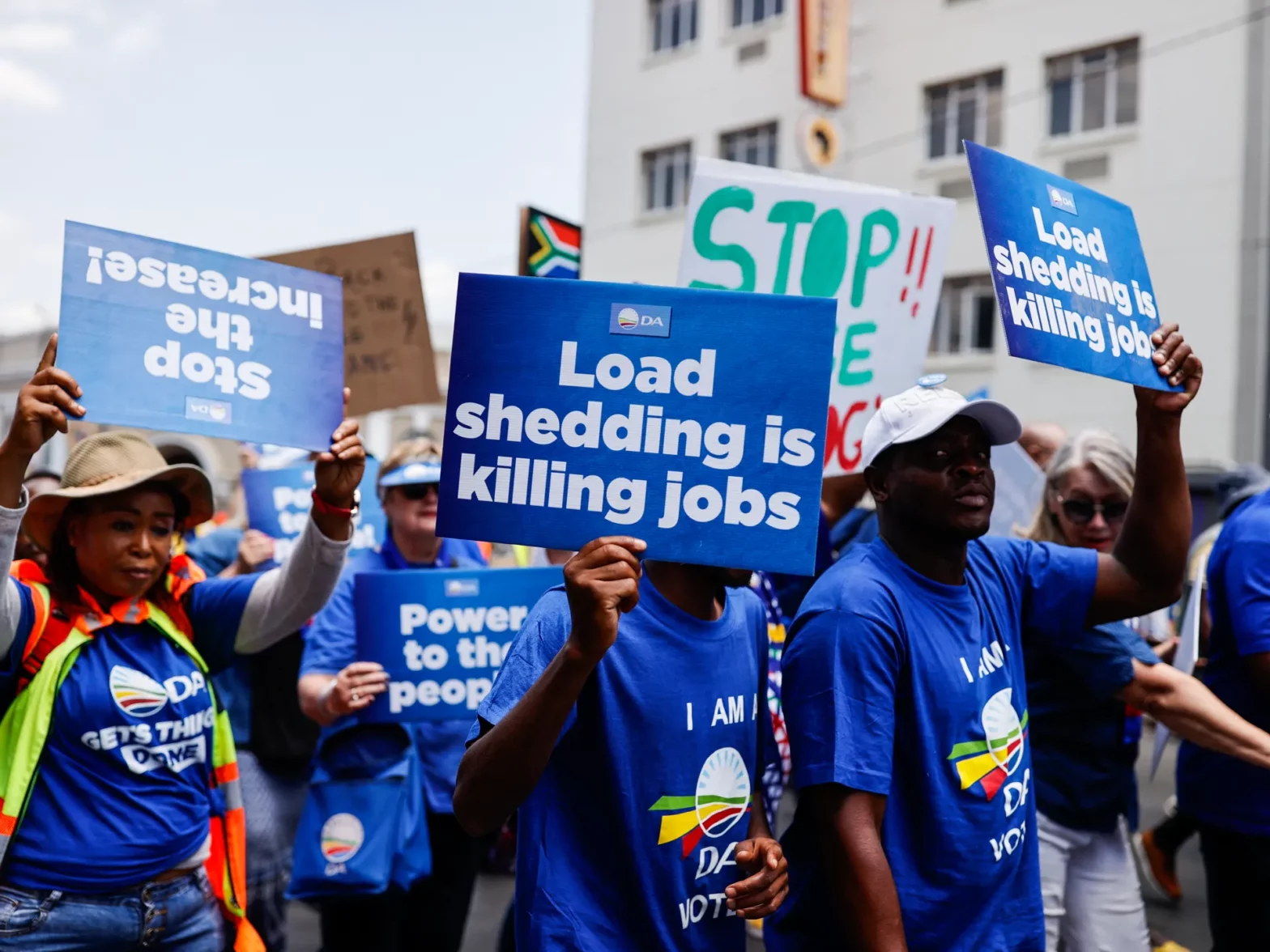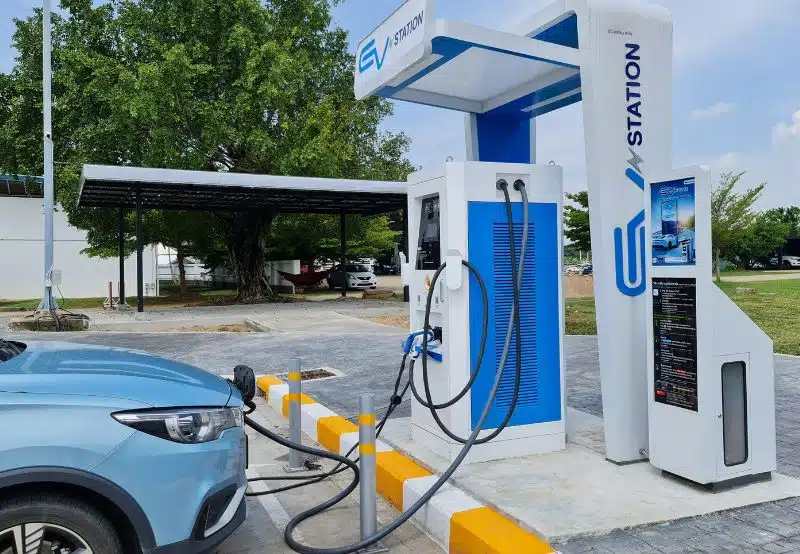In the evolving landscape of Nigeria’s electricity reforms, one group remains persistently left behind — the unmetered consumers.
While policymakers push for service-based tariffs and cost-reflective pricing, millions of Nigerians without prepaid meters continue to live in an opaque world of estimated billing, where consumption is guessed, not measured, and charges are often unchallengeable.
They are the invisible consumers — unaccounted for in real-time data analytics, under-represented in energy planning, and overburdened by a tariff system that was never designed with them in mind.
Since the Nigerian Electricity Regulatory Commission (NERC) introduced the service-based tariff (SBT) regime in 2020, electricity pricing has officially shifted towards a banded structure.
Consumers are now grouped into Bands A to E based on the number of hours of power they receive daily, with Band A customers (its elite class) paying the highest rates for 20+ hours of supply.
On paper, this reform signalled progress: better service for those who pay more, a path to cost-reflectivity for discos, and long-term sustainability for the sector.
But in practice, it has deepened the marginalisation of the unmetered population — people who are unable to verify their actual consumption or confirm if they even belong to the band they’re billed under.
Despite repeated metering promises — from the National Mass Metering Programme (NMMP) to the Meter Asset Provider (MAP) scheme — a significant portion of Nigerian electricity users remain unmetered.
What the data shows
According to the latest available data from Nigeria statistics agency, Nigeria has 7.07 million unmetered electricity customers compared to 5.92 million metered.
This reveals a troubling metering gap that affects more than half of the country’s electricity consumers.
The disparity is even more glaring in certain regions across the 11 electricity distribution companies (DisCos).
Ibadan DisCo tops the chart with over 1.42 million unmetered customers despite having just over 1 million metered users.
Similarly, Benin, Enugu, and Port Harcourt DisCos each have over 600,000 unmetered customers, far exceeding or closely matching their metered base.
What’s especially striking is the situation in Yola, Kano, Kaduna, and Jos DisCos, where the number of unmetered customers more than doubles or even triples the metered ones.
For instance, Kaduna DisCo has over 667,000 unmetered customers but only about 210,000 metered — a gap that highlights systemic neglect in regions that are often already underserved.
This data shows that Nigeria’s electricity sector reforms—especially those centred on cost-reflective tariffs and service bands—are being implemented in a market where most consumers still have no objective way to track or verify their usage.
This exposes them to overbilling and makes them invisible in data-driven decision-making.
Estimated billing: legalised malpractice
Estimated billing — the practice of billing unmetered consumers based on averages or discretionary estimates by distribution companies (DisCos) — remains one of the most contested practices in Nigeria’s electricity sector.
Though NERC attempted to rein in the practice with its 2020 Capping Order, which limited what DisCos could charge unmetered customers based on their feeder and supply band, enforcement has been weak.
Reports from consumer rights groups show that many unmetered users are still charged above the allowed cap, and complaints are often ignored or delayed without resolution.
This system has created a paradox: the less visibility you have into your actual consumption, the more likely you are to be over-billed.
With no meters and limited regulatory recourse, these consumers bear the burden of a cost-reflective regime without receiving cost-reflective service.
Unseen, unheard — Yet paying the price
The irony is stark: Nigeria’s unmetered consumers are not only invisible to reform structures but also underrepresented in public discourse.
Most policy discussions focus on grid performance, market liquidity, or Band A tariff reviews.
Yet, over half the customer base, who contribute significantly to DisCos’ cash flow, remain stuck in a billing system that lacks transparency, predictability, and accountability.
These people receive one or two hours of electricity daily, but receive bills in the tens of thousands.
Some have resorted to rejecting bills altogether, while others have disconnected from the grid out of frustration, relying instead on generators, candles, and informal solar providers.
In many urban slums and peri-urban communities, entire streets have no metered customers, not because they refused, but because they were never included in rollout plans.
Meanwhile, meter deployment schemes have often favoured industrial users, high-paying customers, or urban areas with easier access and logistics.
Even where metering programmes exist, bottlenecks abound — from delayed meter availability to high upfront costs, especially under the MAP scheme, where customers must pay for meters before installation.
The illusion of cost-reflective tariffs
The term “cost-reflective tariff” has become a buzzword in Nigeria’s electricity reform narrative.
It suggests a rational, transparent, and responsive market where consumers pay according to their use and providers charge based on the service delivered.
However, for the unmetered majority, none of these assumptions hold true.
How can a tariff be cost-reflective when the cost itself is unverified?
How do you justify banded billing in communities that receive two hours of electricity daily, have no functioning transformer, and lack meters to track consumption?
There is no clarity, measurement, or recourse for these consumers.
Structural design excludes unmetered consumers from the modern power sector’s data ecosystem.
They do not appear in real-time analytics, smart grid forecasts, or digital service dashboards.
Their consumption patterns and challenges are invisible. As a result, their realities are rarely accounted for in investment decisions, performance reports, or subsidy allocations.
Instead, they are trapped in an analogue, paper-based billing system that guesses usage and sends charges that can neither be verified nor contested with evidence.
In an energy market increasingly driven by data, the unmetered are disadvantaged and structurally sidelined.
Why reforms are necessary
If Nigeria’s power sector truly wants to achieve equitable reform, it must confront the invisibility of unmetered consumers head-on.
This starts with transparency: NERC and DisCos must publicly release up-to-date metering data disaggregated by geography, income bracket, and supply level.
More importantly, meter deployment must prioritise the underserved, not just the profitable.
The NMMP’s latest phase must include precise accountability mechanisms, including publicly trackable rollouts and strict penalties for DisCos that breach estimated billing caps.
There is also a need to rethink the logic of service bands in areas with low metering. Instead of applying blanket banding based on DisCo claims, billing in such areas should default to the lowest band until verified metering data is available.
Finally, consumer protection bodies must be strengthened at the federal and state levels to ensure that complaints from unmetered users are heard and documented.
Without this, estimated billing will continue to function as legalised extortion disguised as electricity reform.
Final thoughts
As Nigeria moves forward with electricity market reforms, millions of consumers remain effectively invisible, not by choice but by design.
They are excluded from the benefits of a system increasingly built on data, digital billing, and service-based logic, yet are expected to shoulder its costs.
Despite policy shifts toward cost-reflective tariffs and private-sector efficiency, these consumers are trapped in a regime of guesswork and inequality.
They are billed for power they cannot measure within a structure that rarely acknowledges their realities. While technically sound on paper, the reforms have failed to engage the majority’s lived experiences meaningfully.
Until these invisible customers are seen through functional metering, reliable data, and responsive regulation, the promise of reform will remain unfulfilled.
True transformation in the power sector must begin not with rhetoric or pricing models, but with the inclusion of those who have long existed outside its most basic guarantee: accountability.











